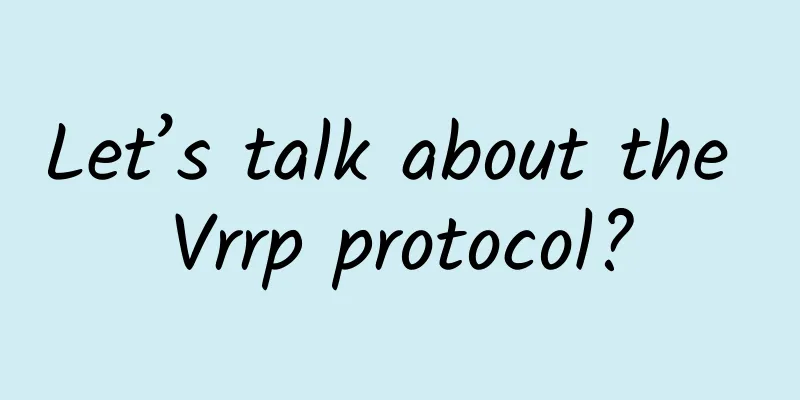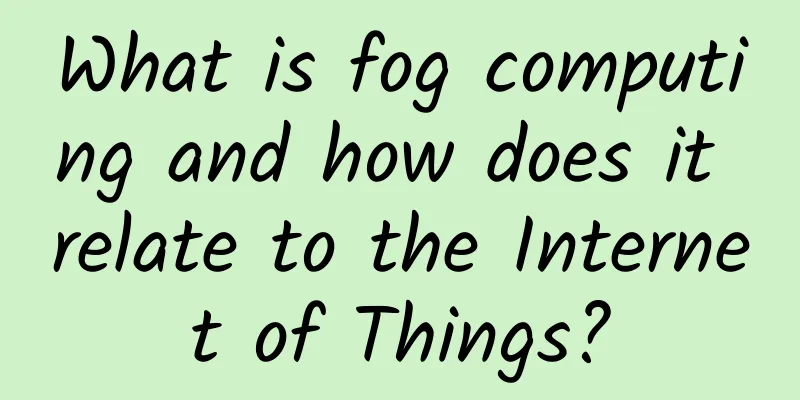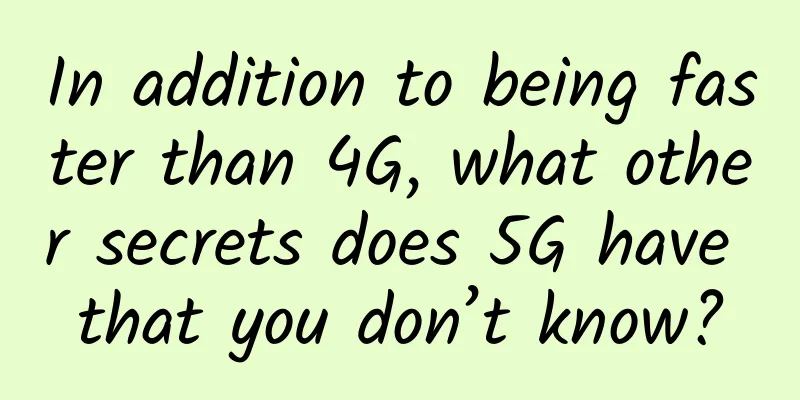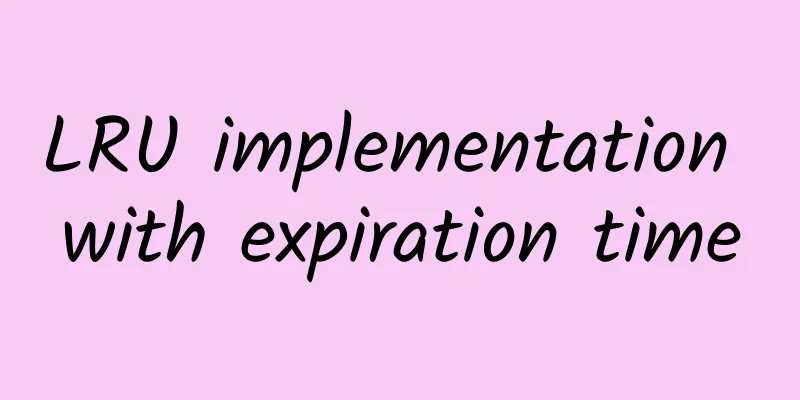Alibaba final interview: How to use UDP to implement TCP?

|
This article comes from a real interview experience of mine. background This question was asked by the technical director during my interview. I didn’t answer it very well at the time, so I summarized it. Later, I asked the director, and he said it was an interview question from Alibaba. In fact, the interviewer mainly wanted me to explain the difference in principles between UDP and TCP, and how to add some functions to UDP to implement TCP. It's easy to tell one or two differences between TCP and UDP, but how can you say it in a way that your girlfriend can understand? Girlfriend: I don’t want to listen to what’s in the textbook! I don’t understand. Below I will answer the above questions in plain language. Characteristics of UDP UDP reminds me of when I was a fresh graduate and started working.
Just do the tasks assigned by your leader and complete them. UDP is also true. I believe that the network world will always be beautiful. The packets I send are easy to deliver and the receiver is also easy to assemble. The data structure is also simple, and does not require a large amount of data structure, processing logic, or packet header fields.
I will not argue with the tester about the bugs reported by her. I will always believe that the tester is right. Whatever the tester says is what I will fix. UDP is the same. It does not establish a connection. It has a port number. Anyone can listen to this port number and send data to it. It can also send data to anyone from this port number. Anyway, I just send it.
The product manager said yesterday that the phone case needs to change color according to the mood, and the tester said that this bug needs to fix two related bugs together. So let's do what they say! UDP is the same, it doesn't know how to persist and give in. That is, it performs congestion control according to the network conditions. No matter how serious the network packet loss is, I will still send it. UDP usage scenarios In view of the situation of a new graduate like me at that time, my leader arranged three working environments for me to choose from.
UDP also requires fewer resources, an intranet with relatively good network conditions, or applications that are not sensitive to packet loss.
UDP also does not require one-to-one communication to establish a connection and can be used for broadcasting applications.
UDP is also like this, it sends packets quickly, and is mainly used in situations where fast processing speed, low latency, and a small amount of packet loss can be tolerated. Even if the network conditions are not good, it just sends packets~ For the above three scenarios, UDP is often used in real-time competitive games, IoT, and mobile communications. What are the characteristics of TCP?
TCP and UDP are two important protocols in the transport layer. Most interviews will ask about the difference between the two. Most people will answer two sentences, such as TCP is connection-oriented and UDP is connectionless. So what is connection-oriented? The TCP three-way handshake is what we often talk about and recite. After these three handshakes are successful, the connection is successfully established. So what is orientation? We often hear about object-oriented programming, aspect-oriented programming, and service-oriented programming. So what exactly is object-oriented programming? In my opinion, orientation means following certain protocols, specifications, data structures, etc. to do a series of things. For example, connection-oriented technology is to maintain the connection between the client and the server, and to establish a certain data structure to maintain the status of the interaction between the two parties. Such data is used to ensure the so-called connection-oriented characteristics. Knowing that TCP uses three-way handshake to establish a connection, can we let UDP also send three packets to simulate TCP to establish a connection? Of course, we can, but if it is just to establish, not to be connection-oriented, it is actually not very meaningful. So what does TCP connection-oriented do? TCP provides reliable delivery. Data transmitted through a TCP connection can be error-free, non-lost, non-duplicate, and arrive in order. However, UDP inherits the characteristics of IP packets and does not guarantee non-loss or in-order delivery.
TCP is oriented to byte streams. The so-called byte stream is a stream that has no beginning or end. TCP maintains the stream state itself. UDP is based on IP datagrams, which are sent and received one by one.
TCP has congestion control. If a packet is discarded or the network environment is bad, it will control its own behavior according to the network conditions to see whether to send faster or slower. UDP is not so smart. If you ask me to send, I will send. Anyway, it is you who ask me to send, and I don’t care about anything else.
TCP is a stateful service. Stateful means: I record what was sent, what was not sent, what was received, what was not received, and which should be received. There can be no mistakes. TCP does a lot of things! UDP is not a stateful service. I just send the message and leave the rest to the receiver. It's a bit arbitrary, isn't it? How to make UDP realize TCP functions? As mentioned above, establishing a connection involves three-way handshake and four-way handshake, which UDP can also simulate. There are a few more questions:
The TCP data structure looks like this: In fact, if you can explain these structures clearly, you have already understood the core functions of TCP. Below I will still explain the above four questions in plain language. The order problem and packet loss problem can be solved by using the confirmation and retransmission mechanism. If a packet is received, a confirmation can be made and an ACK can be sent to the sender to tell him that I have received it. If some packets arrive early, they will be cached. If a packet is lost, it can be retried after a timeout. The timeout retry should not be too short, and the time must be greater than the round-trip time RTT, otherwise it will cause unnecessary retransmissions. It should not be too long either. If the timeout is too long, access will become slower. How to determine this time? You can sample the RTT time and perform a weighted average. It also needs to change dynamically according to the network conditions. You can learn about the adaptive retransmission algorithm. Flow control is to adjust the rate of sending packets according to the network conditions. It uses a sliding window. When confirming a packet, it will also carry a window size. As long as the window size is used well, the rate of sending packets can be adjusted well. The sent message segments should not exceed the window size. (Picture from the Internet) Congestion control is mainly used to avoid packet loss and timeout retransmission. If these two phenomena occur, it means that the transmission rate is too fast. So how do you know the transmission rate in the beginning? In fact, only one segment of data is sent at the beginning. If an acknowledgment is received, the segment is doubled, and so on. When a timeout retransmission is found, it returns to the situation of sending only one segment. This is slow start, which is not suitable. In fact, there is also a fast retransmission algorithm. Simply put, the congestion window is halved and the subsequent speed is increased linearly. As for how the algorithm is implemented, I will not elaborate here. (Picture source network) So far, I have explained in plain language the difference between UDP and TCP, as well as what functions UDP lacks and how to make up for it to achieve the functions of TCP. I believe that this answer will make the interviewer feel that there is something to it. This article is reprinted from the WeChat public account "Wukong Chats about Architecture", which can be followed through the following QR code. To reprint this article, please contact the WeChat public account "Wukong Chats about Architecture". |
>>: 20 pictures to thoroughly understand the principles of HTTPS!
Recommend
5G+Robots help accelerate the intelligent development of coal mines!
Recently, the Intelligent Coal Mine and Work Safe...
Master port isolation technology to make the network more secure
Currently, Ethernet technology is widely used in ...
MIMO technology triples the number of concurrent connections and transmission capacity
NEC announced that it has verified that distribut...
Five strategies for WAN data acceleration
Flash storage, hyperconverged infrastructure, Lin...
Behind Gu Ailing's victory at the Winter Olympics: Communications people are silently persevering
7×24 hours uninterrupted protection Communication...
Wi-Fi 7 is here! Ruijie adheres to scenario-based innovation and steps up efforts in the new wireless network era
Wi-Fi is ubiquitous in today's world, and its...
6GHz band officially approved, Wi-Fi 6E to debut this year: 2.5 times faster
Since the Wi-Fi frequency band was first vacated ...
A simple guide to Wi-Fi, a must-read when buying a router
In this article, we will talk about the wireless ...
5G keeps refreshing the timetable and the three major operators have finalized the roadmap!
5G has been constantly updating its timetable rec...
Building a streaming data lake using Flink Hudi
This article introduces how Flink Hudi continuous...
GSMA: Global 5G connections will reach 1.8 billion by 2025
According to a new study from GSMA, global 5G con...
Magical IPv6, mobile phones can be assigned independent IP addresses
At the end of 2017, the country began to promote ...
The three major operators unprecedentedly unified unlimited packages and removed them from the shelves to save themselves
The business of the three major operators has bee...
Huawei launches LampSite X indoor digital innovation solution to unleash the unlimited potential of the digital world
[Dubai , UAE , October 11, 2023 ] During the 2023...
These seven technology topics are the hottest in 2018. If you don’t know them, you’ll be out of date
USA Today reported that from ultra-fast 5G wirele...









